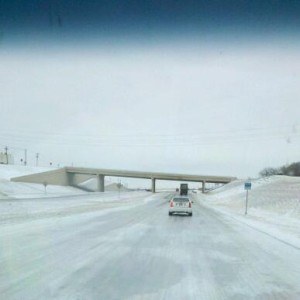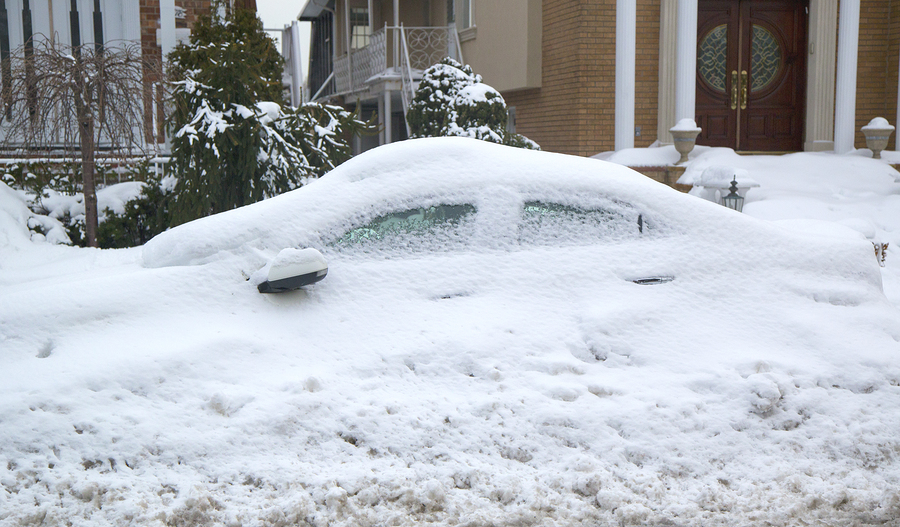In 2014, winter storms caused $2.3 billion in insured losses, second only to damage caused by severe thunderstorms, according to Munich Re.
“Severe winter weather caused 15 percent of all insured auto, home and business catastrophe losses in the United States in 2014,” Dr. Robert Hartwig, president of the I.I.I. and an economist, said recently.
The storm system nicknamed Polar Vortex, which took place January 5-8, 2014, caused close to $1.7 billion of the entire winter’s $2.3 billion in insured losses, according to ISO’s Property Claim Services (PCS), a unit of Verisk Analytics.
Matt Edmonds, director of vertical markets, Property & Casualty at LexisNexis Risk Solutions, spoke recently with Claims Journal, to discuss how winter storm losses can impact an insurer’s bottom line.
Water, fire, wind and freeze losses are the top four winter-related claims insurers receive, he said.
Initially, insurers typically see more property losses. Also, because of weather warnings and media coverage during blizzard-type conditions, people are less likely to venture out so auto losses tend to be low until roads are cleared. Insurers will then typically see an upswing in collision losses.
Edmonds said that in terms of premiums taken in, carriers are prepared for winter storm losses. On average, winter-related claims range between $1.2 and $1.4 billion.
Average claim losses for frozen pipes can range anywhere from $16,000 to $20,000 a claim, Edmonds said. Roof replacement can range between $12,000 and $18,000 and an average fire claim costs around $32,000.
Historically, he said, carriers had inadequate pricing and that was reflected in sizeable premium increases in 2009 and 2010 on the homeowners’ side.
“We’ve seen carriers be able to better segment their books, be able to better price it and then ultimately take rate action according to their needs,” said Edmonds.
According to AIR Worldwide, winter storm Juno dropped up to 36 inches of snow in parts of Massachusetts with some parts of Maine and New Hampshire receiving nearly 30 inches of snow. The catastrophe modeling firm noted that ten to 20 inches of snow can lead to loads of roughly 15 to 30 pounds per square foot on flat roofs. A calculation that does not account for snow drift which, according to AIR, can significantly increase loads.
Was this article valuable?
Here are more articles you may enjoy.


 Surging Oil Tanker Insurance Points to Growing Black Sea Chaos
Surging Oil Tanker Insurance Points to Growing Black Sea Chaos  NYC Sues Delivery App Over Lost Pay in New Mamdani Crackdown
NYC Sues Delivery App Over Lost Pay in New Mamdani Crackdown  OpenAI And Microsoft Sued Over Murder-Suicide Blamed on ChatGPT
OpenAI And Microsoft Sued Over Murder-Suicide Blamed on ChatGPT  Tesla, EEOC Plan Talks to Settle Factory Racism Suit
Tesla, EEOC Plan Talks to Settle Factory Racism Suit 